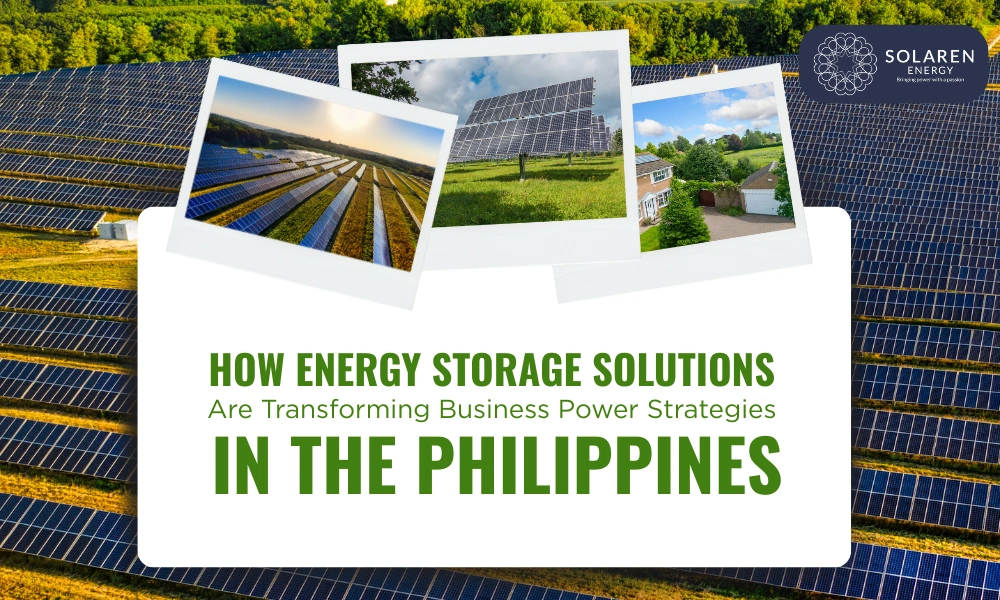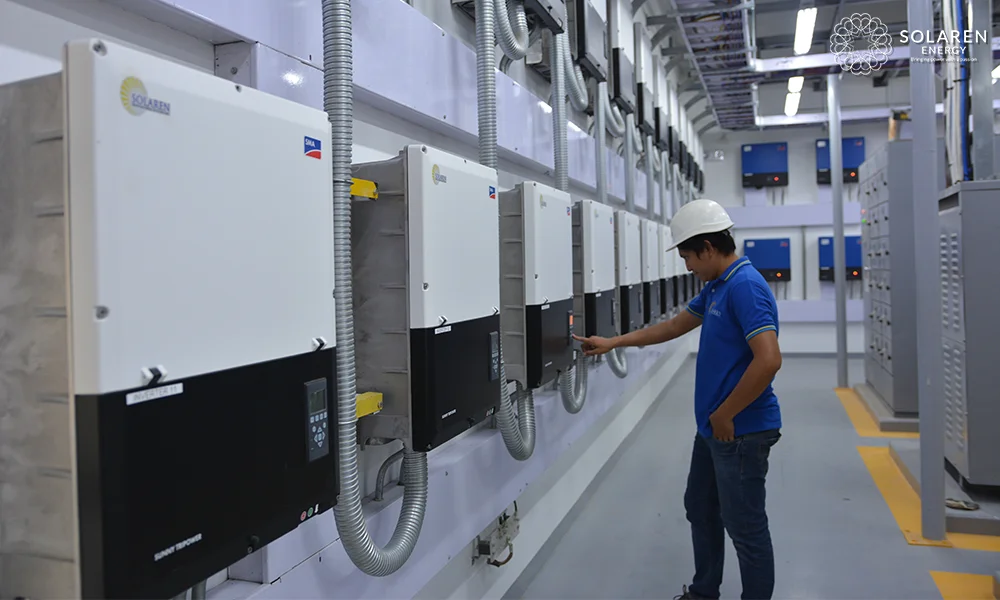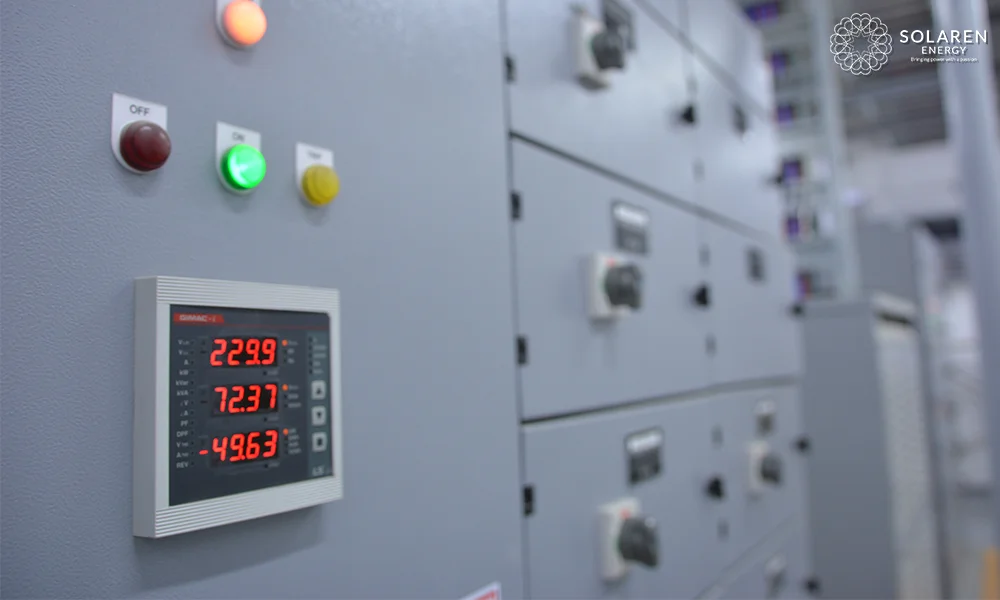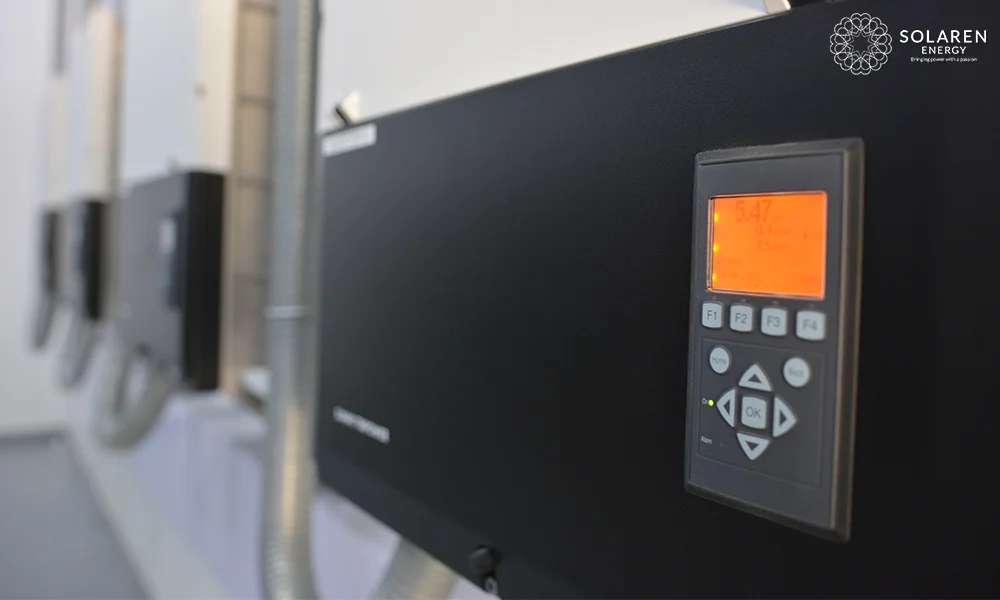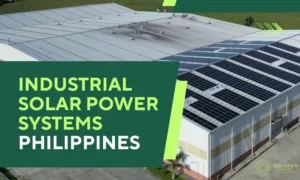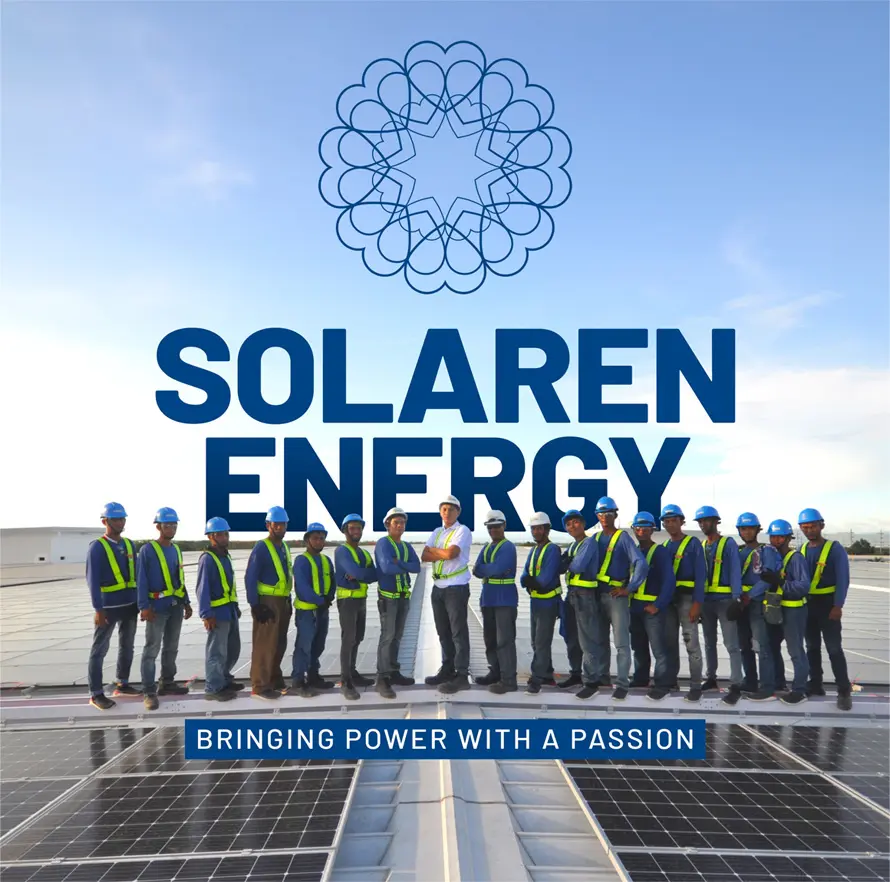For businesses in the Philippines, managing energy costs and reliability has become a daily challenge. With rising utility rates and unpredictable power outages, more companies are shifting to energy storage solutions as a strategic response. These systems aren’t just for emergencies, they’re helping businesses lower expenses, stabilize operations, and take full control of their energy usage.
What Are Energy Storage Solutions?
Energy storage solutions use batteries, most commonly lithium-iron-phosphate (LFP), to store electricity produced by solar panels or pulled from the grid. This stored energy can then be used when rates are highest or during blackouts. Unlike traditional backup generators, these systems operate silently, require little maintenance, and deliver real cost savings every day.
Why Storage Makes Sense in 2025
Electricity costs in the Philippines can surge above ₱12 per kWh during late afternoon and early evening. Many businesses experience their highest energy demand precisely during these windows. Add to that the ongoing issue of brownouts or maintenance-related outages, and it’s clear why energy storage is becoming a mainstream solution.
Top reasons businesses are adopting storage today:
- Cut peak-hour electricity charges
- Provide backup during grid failures
- Extend solar energy use beyond daylight hours
- Improve visibility and control over energy consumption
Business Applications Across Industries
Energy storage is proving valuable in nearly every commercial sector:
- Manufacturing – Keep production lines running and protect voltage-sensitive equipment
- Retail & Hospitality – Maintain POS systems, lighting, and refrigeration through outages
- Cold Storage – Avoid spoilage by running compressors on stored solar overnight
- Office Buildings – Manage HVAC and lighting efficiently, even when grid supply drops
When implemented with guidance from a renewable energy company Philippines, storage systems are optimized to match the business’s daily operations and energy profile.
System Components and How They Work
A complete energy storage solution typically includes:
- Lithium-iron-phosphate batteries – High cycle life, safe chemistry, excellent for daily cycling
- Hybrid inverters – Charge from solar during the day and discharge automatically when needed
- Energy management software – Balances loads and controls when and how energy is stored or used
- Remote monitoring tools – Provide real-time performance data and automatic alerts
These components work together to reduce grid reliance and improve uptime.
Case Study: Retail Chain in Quezon Province
A regional retail chain operating four locations in Quezon installed a 480 kW solar system with a 300 kWh LFP battery. The goal was to reduce high energy costs during evening operating hours and avoid losses from brownouts.
Within three months:
- Peak-hour grid draw was reduced by 45%
- Monthly electricity bills dropped by over ₱550,000
- No product loss occurred during three separate power outages
- ROI is now projected at just four years
How to Properly Size a Battery System
Energy storage is not a plug-and-play solution. A reputable solar power company will start by evaluating:
- 24-hour load curves across the week and season
- The portion of load needing backup
- Your current energy costs and utility tariff brackets
For example, a business consuming 400 kWh at night might benefit from a 240–300 kWh battery bank. The exact capacity depends on whether the battery will offset costs, provide emergency backup, or both.
Low-Maintenance, High-Reliability
Modern battery systems are designed for longevity and ease of use. Typical features include:
- Fire-retardant battery housings
- Gas detection and automatic ventilation
- Smart charge/discharge algorithms
- Predictive maintenance alerts through remote software
With regular quarterly checks, most systems deliver reliable performance for 10 years or more. Many solar panel supplier Philippines partners to bundle ongoing support and warranties into installation contracts.
Financing and ROI
Energy storage systems are often financed alongside commercial solar energy systems. Many providers offer 3–5 year payment terms at 6–8% APR. In many cases, energy savings begin covering the loan from the first month, delivering positive cash flow immediately.
For businesses with high energy usage and operating through evening hours, storage drastically reduces overhead without requiring upfront capital.
Why Storage Belongs in Your Energy Plan
Energy storage is no longer a niche investment, it’s the new normal for power-conscious companies in the Philippines. It offers real savings, real uptime protection, and real control over how and when your business uses electricity.
By integrating energy storage into a broader strategy that includes solar installation Philippines services and customized energy solutions, companies can future-proof their operations while building long-term financial resilience.

